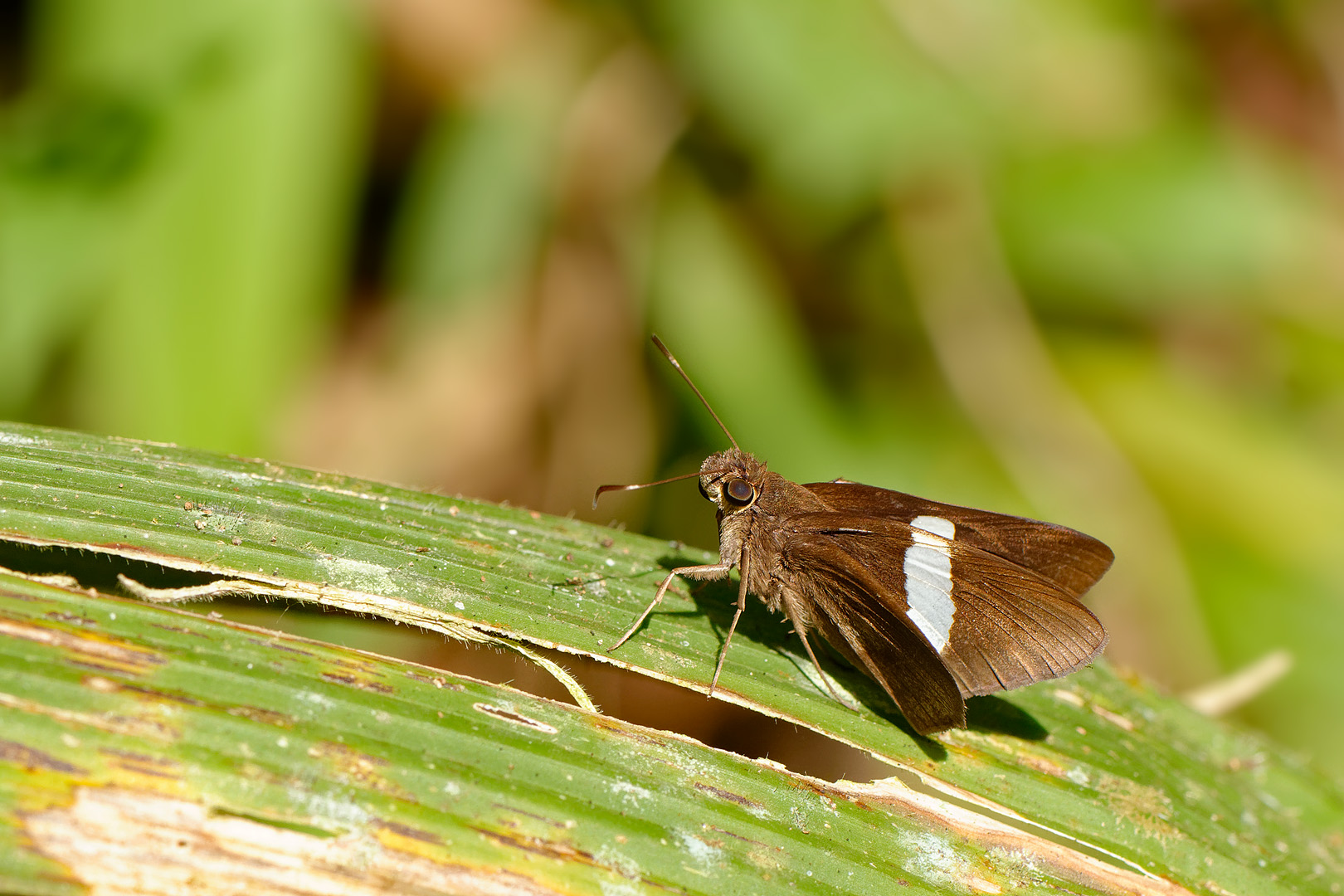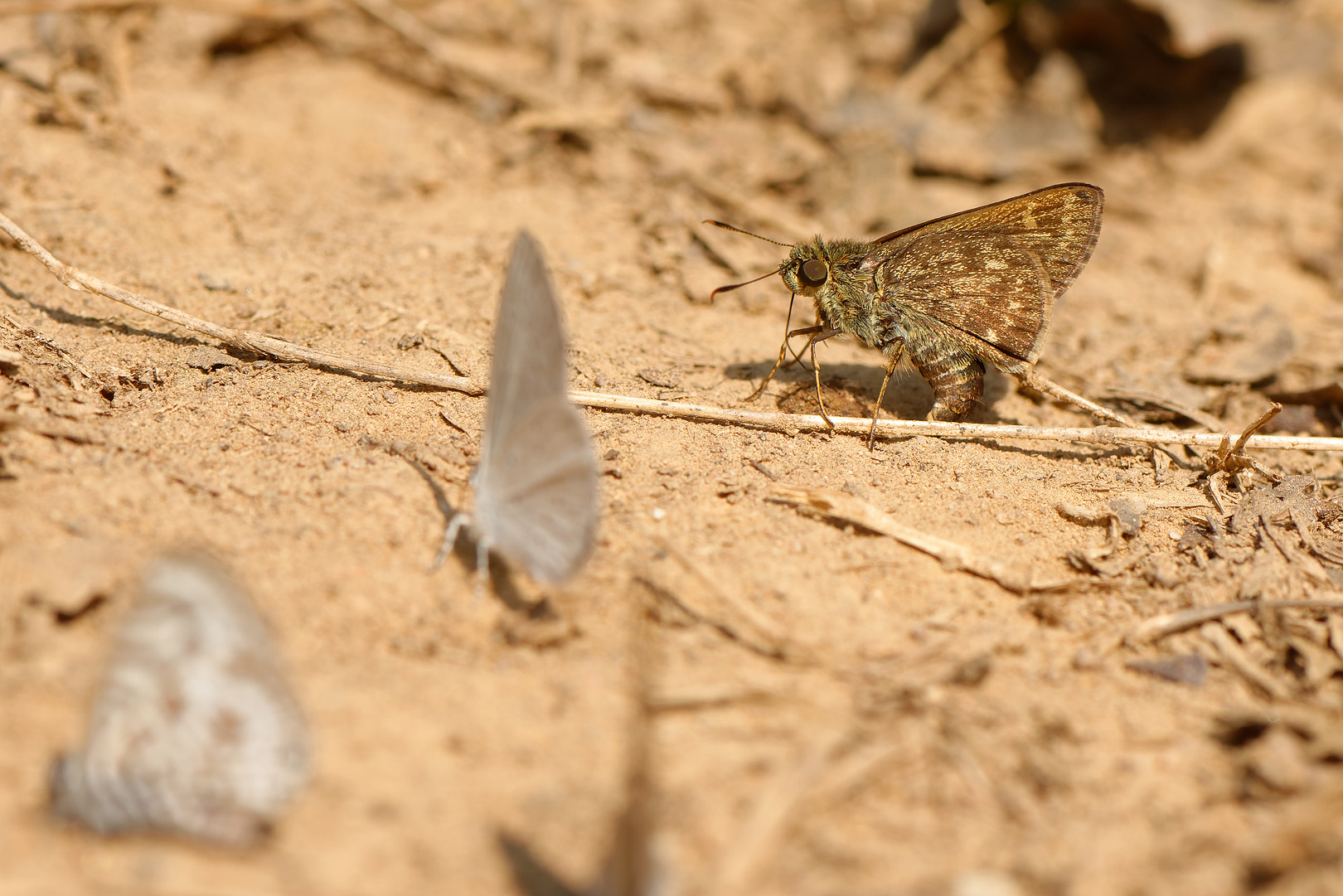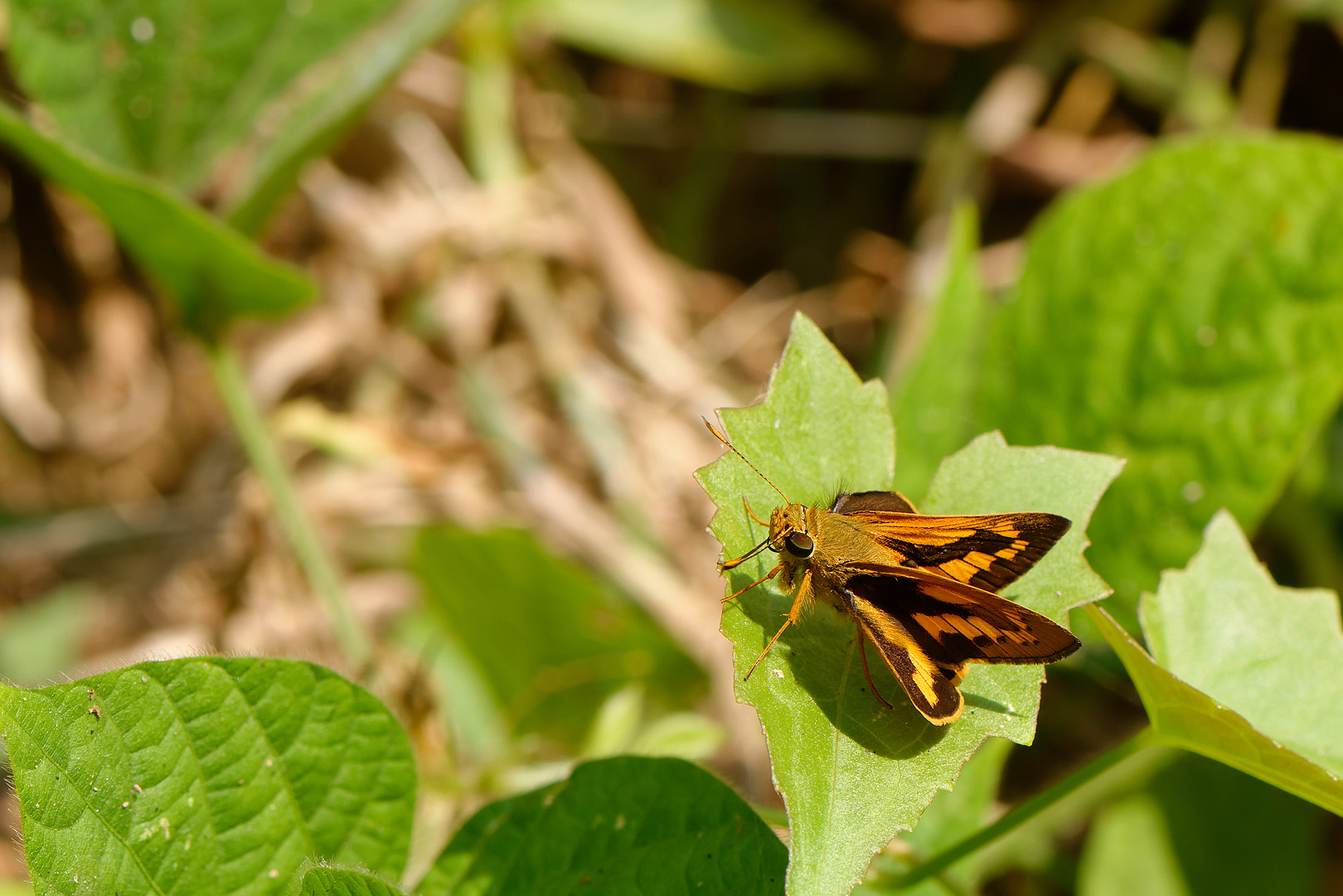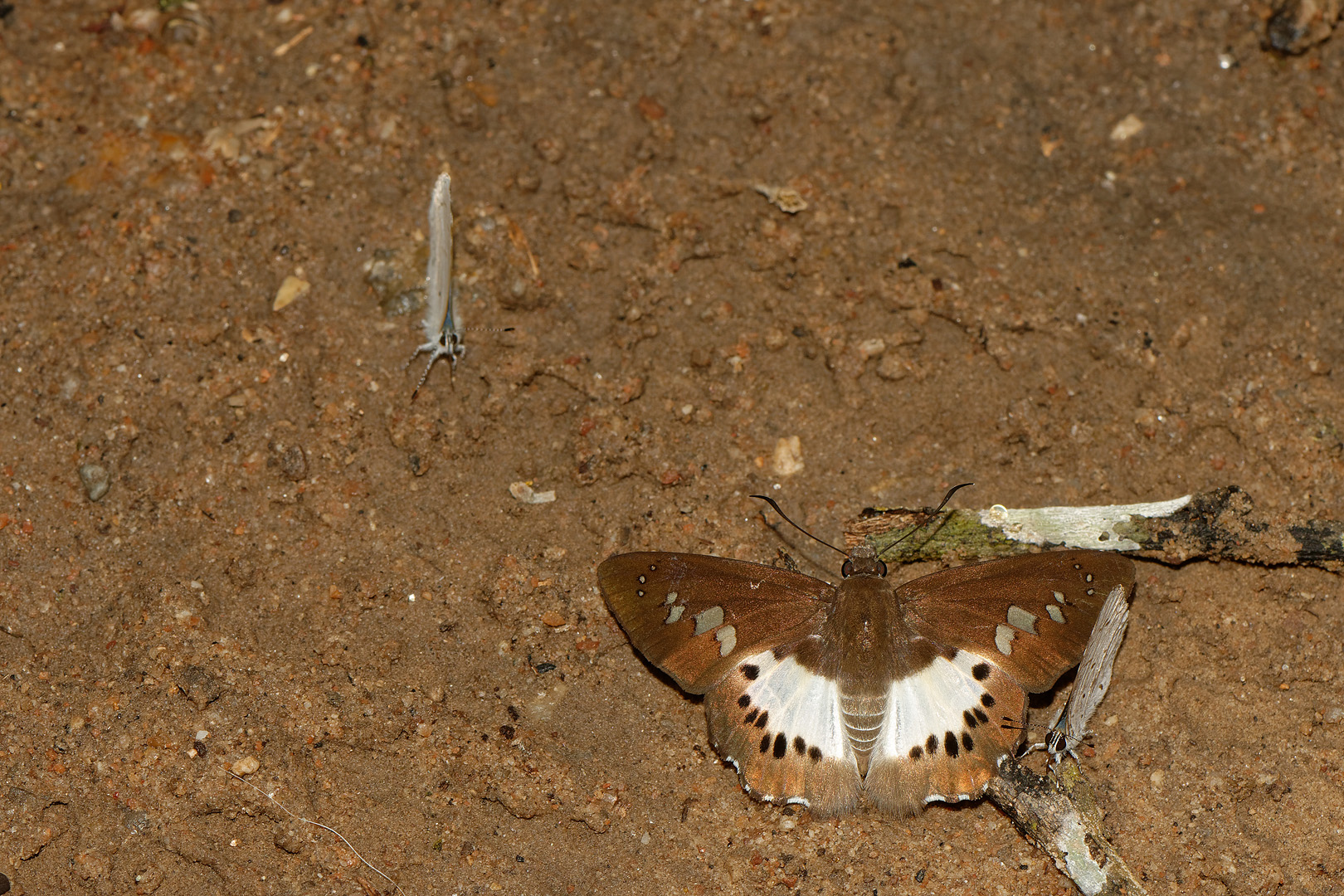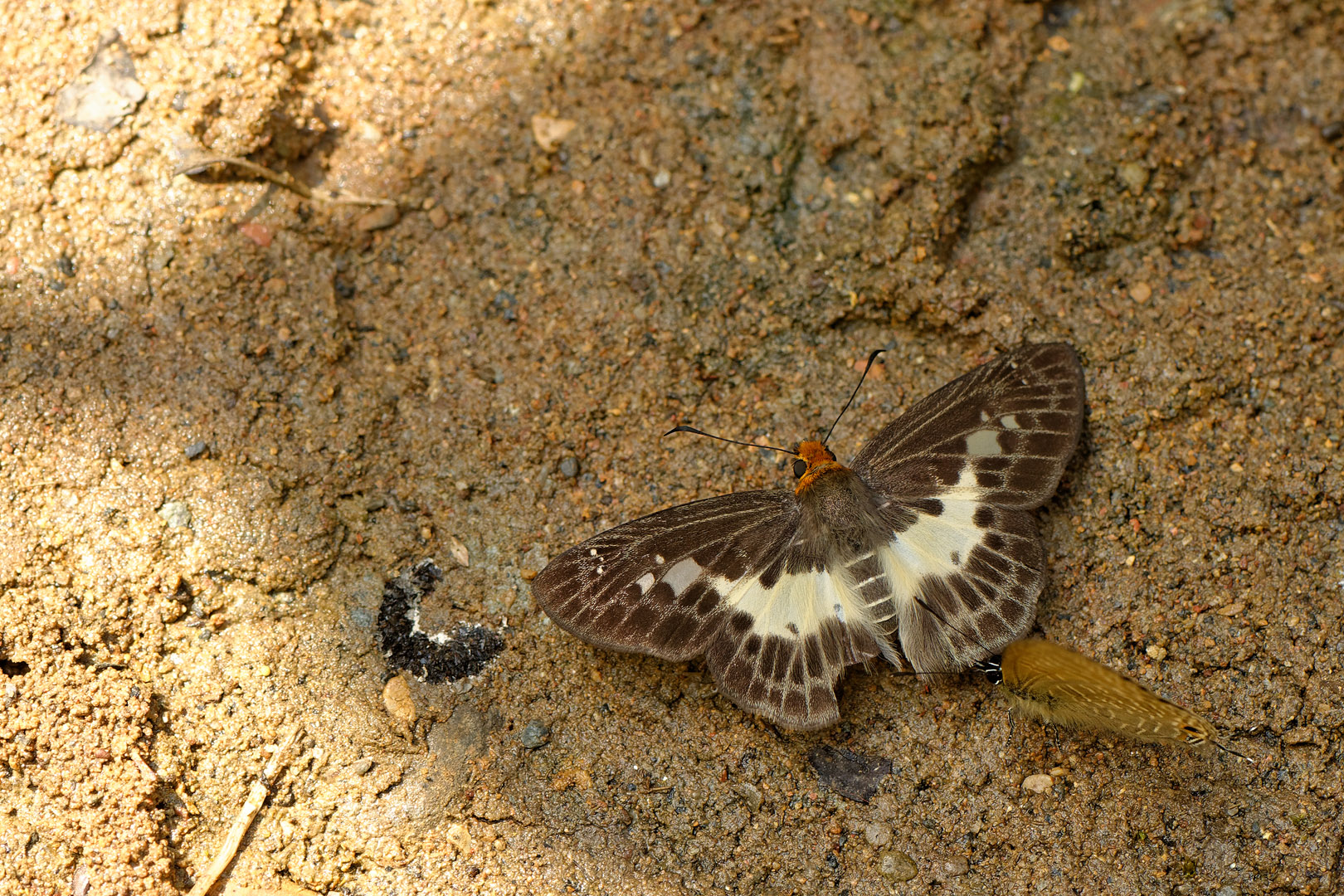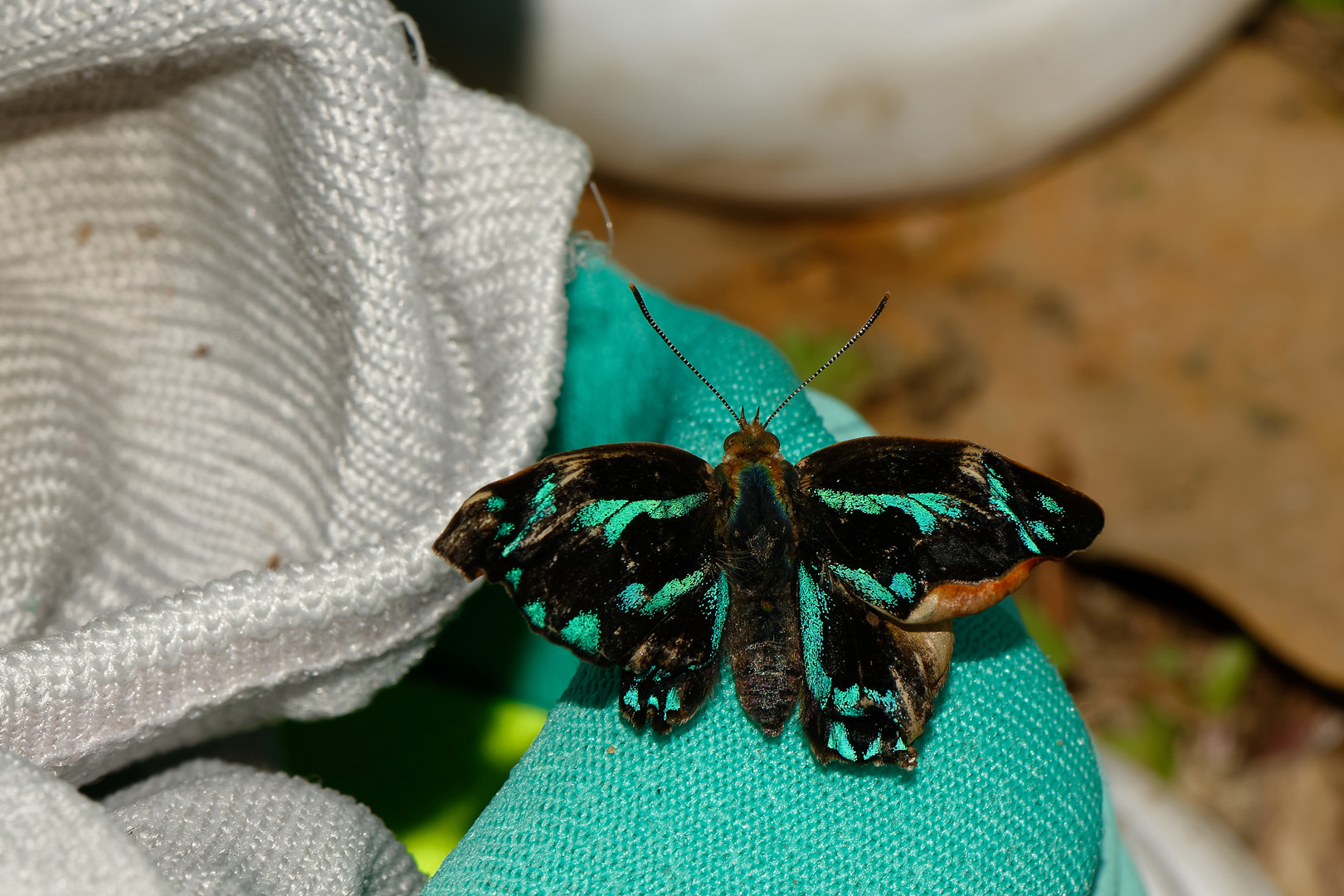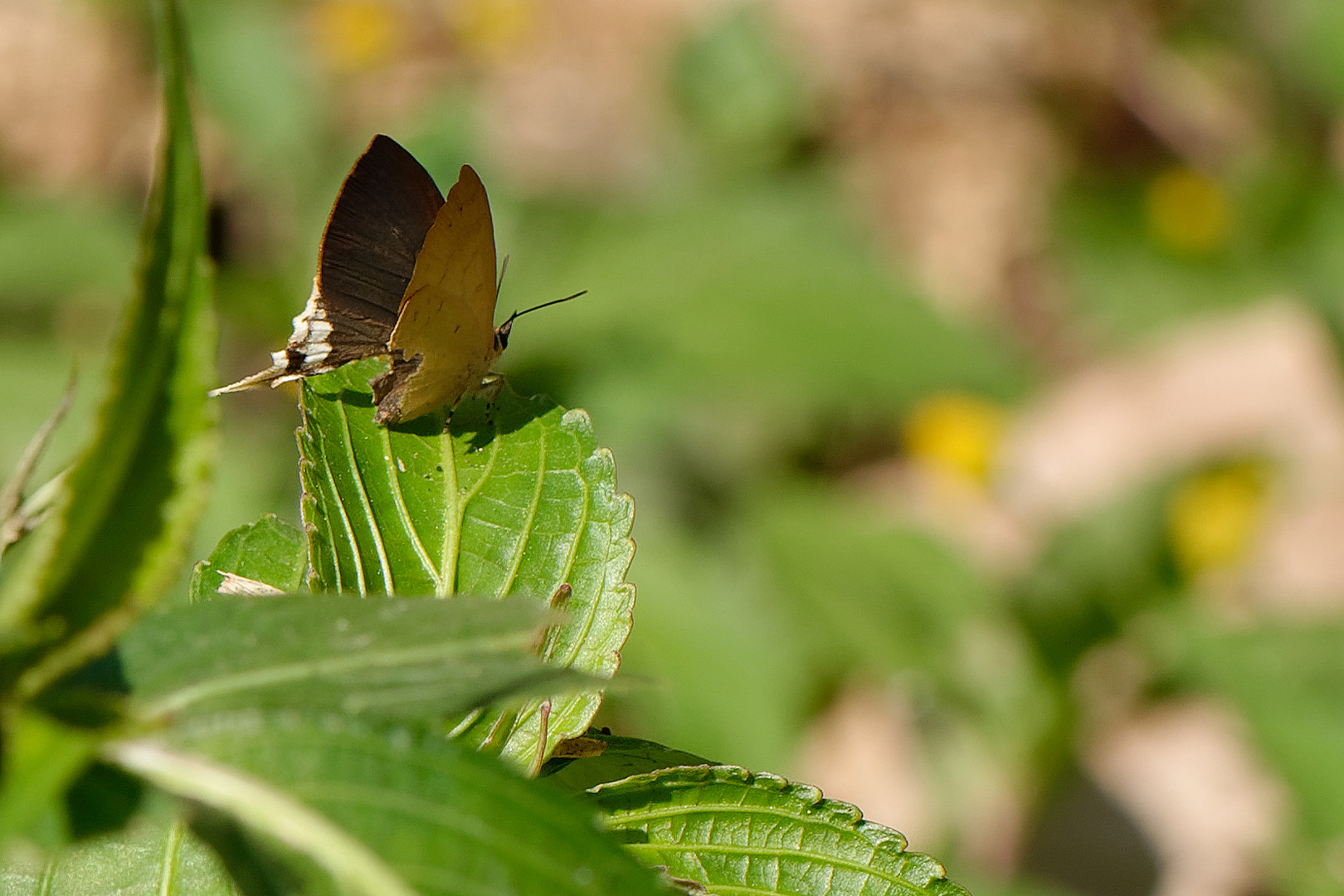Last edited by guldsmed; 16-Mar-2018 at 05:26 AM .
Quite difficult to ID skippers based on one view.Pelopidas sinensi s. Antenna with a white patch underneath, below the club ;FW spots pale buff. FW cellspots close.http://www.ifoundbutterflies.org/med...a5988941-1.jpg P. assamensis FW spots white & antenna broadly white-banded.http://www.ifoundbutterflies.org/med...akar_ap010.jpg P. conjunctus ;FW spots yellow & antenna with a paler patch (not white), below the club.http://www.ifoundbutterflies.org/med...Saji_ac767.jpg Koruthaialos rubecula .FW orange band not reaching costa (forward margin). Pithauria stramineipennis . Body & wingbases with greenish greyish ochre shading ;antenna tip orange.https://1.bp.blogspot.com/-GPFZpXn0P...1600/hesp2.jpg Borbo bevani ; FW spots rounded ; Spot at space 1b absent or vague .(Only the right FW have a vague spot).http://3.bp.blogspot.com/-wq1AMjvEq0...%E7%BF%852.jpg http://image.digitalarchives.tw/Imag...0/24/a1/f8.jpg Borbo cinnara. http://www.ifoundbutterflies.org/med...Saji_ad956.jpg Parnara ganga is also very similar, the FW cellspot may be present or absent, but the antennal clubs are thick & black.https://aminus3.s3.amazonaws.com/ima...72be_large.jpg Potanthus palnia ; FW spot 5 smaller than spot 4; thorax dull & darker.http://www.ifoundbutterflies.org/med...4df0929d-1.jpg https://farm5.static.flickr.com/4536...eb33ea48_b.jpg Potanthus serina (or as P. hetaerus serina) More orange; body orangey.http://3.bp.blogspot.com/-I9rwXFooJp...tanthus-up.jpg
Last edited by Psyche; 17-Mar-2018 at 07:39 AM .
Reason: add. pix.
POst 3.Notocrypta clavata. :reasily ID'ed by the underside band extending broadlt to the costal margin & lack of a spot in space 4.H. wantona . narrower series of HW spots.H. pelethronix :broader series of HW dark spots.http://2.bp.blogspot.com/-OnecEME4dZ...0/DSC_0228.JPG H. wantona/pelethronix .Pseudocoladenia dan fabia ; The horseshoe shape FW cellspot ID'ed this genus.http://yutaka.it-n.jp/hes/90640040.html http://yutaka.it-n.jp/hes/90640020.html T. besta male showing the triangular orange patch at the base of FW space 2 .(Also in males of T. augias & colon .)https://c1.staticflickr.com/1/56/186...f94f8404_b.jpg T. linna :Large FW 18-19 mm. longer ;FW band relatively narrower.http://2.bp.blogspot.com/-wU0gNp51E3...Horace-Tan.jpg https://3.bp.blogspot.com/-qDEk4MIq_...TL_male_05.jpg T. bambusae :Smaller FW shorter 14-15 mm. FW band relatively broad; HW band outer margins more indented.http://www.flutters.org/home/photoga...hish-tiple.jpg http://www.ifoundbutterflies.org/med...216e2346-1.jpg T. linna Telicota.
Fantastic Seow, I am so grateful for your help, but during the years that I have received your aid, I think I have used up all phrases I know for expressing it - Anyway Thx again!Namtok Monta Tan_20180212_58DSC_9438_DxO by Jan Fischer Rasmussen , on FlickrTagiades japetus ssp. ravi - Chiang Dao_20180205_1040_DSC_8134_DxO by Jan Fischer Rasmussen , on FlickrSeseria strigata - Namtok Monta Tan_20180212_151DSC_9294_DxO by Jan Fischer Rasmussen , on FlickrGerosis phisara ssp. pisara - Chiang Dao_20180202_1304_DSC_7374_DxO by Jan Fischer Rasmussen , on FlickrMatapa aria - Ban Thaton_20180128_1428_DSC_6445_DxO by Jan Fischer Rasmussen , on Flickr
Post 5.Scobura phiditia .http://yutaka.it-n.jp/hes/91660001.html Tagiades japetus ravi .http://www.ifoundbutterflies.org/med...gale_ah161.jpg Seseria strigata .The HW series of black spots is dislocated.https://wingscales.com/Hesperiidae/Seseria-strigata S. affinis ;HW series of balck spots not dislocated; white patch rounder.https://wingscales.com/Hesperiidae/S...ffinis-kirmana Gerosis phisara phisara . Markings variable in extent.http://www.ifoundbutterflies.org/sp/671/Gerosis-phisara Matapa aria. M. druna is very similar but the HW cilia is strongly orange.http://www.ifoundbutterflies.org/med...ac6d6bd2-1.jpg
Post 7.Yasoda tripunctata tripunctata. https://wingscales.com/content/record/636-1-ce5e6.jpg atrinotata seems to be darker with blackish tails.https://farm3.staticflickr.com/2924/...1c109c52_c.jpg https://wingscales.com/content/record/1152-1-e1168.jpg Ramelana jangala ravata .http://www.ifoundbutterflies.org/med...ekar_ab451.jpg Simiskina phalia potina . More often blue.Simiskina extend into N. Thailand. http://www.dnp.go.th/FOREMIC/NForemi...ohertyi%20.jpg Simiskina pheretia pheretia .Malaya.https://4.bp.blogspot.com/-GUjcNN3w6...0/DSC_2367.JPG Cheritra freja evansi . What appears to be extra spots on the HW are injury marks. : Correction: Ticherra acte .Ssp evansi is often mostly brownish on the underside.https://species.wikimedia.org/wiki/C...aMFUpUnAC1.jpg http://www.ifoundbutterflies.org/med...7c68699d68.jpg
Last edited by Psyche; 21-Mar-2018 at 03:00 PM .
Reason: ID correction
At least my two suggestions were right then - thx again
21-Mar-2018, 12:35 AM
#10
Shouldn't the last Lycaenid be Ticherra acte ? C. freja isn't so orange. The white spots seem aberrant
Aaron Soh
Tags for this Thread
You may not post new threads
You may not post replies
You may not post attachments
You may not edit your posts
Forum Rules
Chiang Dao_20180202_1000_DSC_7139_DxO by Jan Fischer Rasmussen, on Flickr
Chiang Dao_20180203_1153_DSC_7660_DxO by Jan Fischer Rasmussen, on Flickr
Chiang Dao_20180202_1237_DSC_7335_DxO by Jan Fischer Rasmussen, on Flickr
Chiang Dao_20180202_1028_DSC_7163_DxO by Jan Fischer Rasmussen, on Flickr
Chiang Dao_20180202_1204_DSC_7305_DxO by Jan Fischer Rasmussen, on Flickr




 Reply With Quote
Reply With Quote